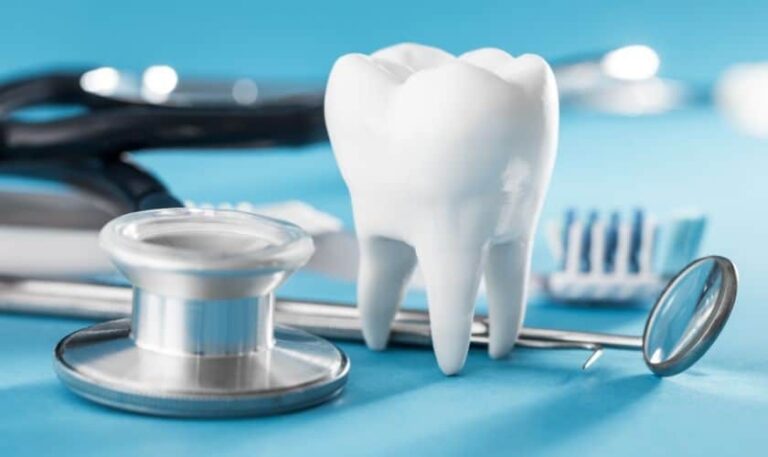
A Comprehensive Guide to Pediatric Dentistry: Ensuring Your Child’s Oral Health
In the journey of parenthood, ensuring your child’s well-being encompasses various aspects, with dental care being a crucial component often overlooked. Pediatric dentistry plays a pivotal role in safeguarding your child’s oral health from infancy through adolescence. Understanding its significance and knowing how to navigate this realm can set the foundation for a lifetime of healthy smiles. In this comprehensive guide to pediatric dentistry, we delve into the importance of early dental care, what to expect during pediatric dental visits, common treatments, and tips for maintaining optimal oral hygiene in children.
The Importance of Pediatric Dentistry
- Early Intervention: Pediatric dentistry focuses on preventive measures and early intervention, aiming to detect and address dental issues in their infancy stages. Early detection of problems like tooth decay or misalignment can prevent more extensive treatments later on.
- Establishing Oral Hygiene Habits: Introducing children to dental care routines early on instills lifelong habits that contribute to overall oral health. Pediatric dentists educate both parents and children on proper brushing techniques, flossing, and the importance of regular dental check-ups.
- Monitoring Growth and Development: Pediatric dentists are trained to monitor the growth and development of children’s teeth and jaws. This includes assessing the eruption of primary and permanent teeth, identifying surgical orthodontics issues, and intervening when necessary to ensure proper alignment and function.
What to Expect During Pediatric Dental Visits
- First Dental Visit: The American Academy of Pediatric Dentistry recommends scheduling a child’s first dental visit by their first birthday or within six months of the eruption of their first tooth. Initial visits focus on introducing the child to the dental environment in a friendly and non-threatening manner.
- Comprehensive Examination: Pediatric dentists conduct thorough examinations of the child’s teeth, gums, and oral tissues. They assess the risk of dental decay, evaluate oral hygiene practices, and provide guidance on diet and nutrition for optimal oral health.
- Preventive Measures: Preventive treatments such as fluoride varnish application, dental sealants, and professional cleanings are commonly performed during pediatric dental visits to reduce the risk of cavities and other dental problems.
- Patient Education: Educating parents and children about oral hygiene, diet, and habits that impact dental health is a key aspect of pediatric dental care. Dentists offer personalized guidance tailored to the child’s age, needs, and developmental stage.
Common Pediatric Dental Treatments
- Dental Fillings: When tooth decay occurs, pediatric dentists use fillings to restore the affected teeth and prevent further deterioration. Tooth-colored fillings are often preferred for their aesthetic appeal in pediatric patients.
- Pulp Therapy: In cases of extensive decay or trauma, pulp therapy may be necessary to preserve the vitality of the tooth’s pulp (nerve). Techniques such as pulpotomy or pulpectomy are performed to remove infected tissue and seal the tooth to prevent infection.
- Orthodontic Intervention: Pediatric dentists monitor the development of the child’s dentition and may recommend orthodontic intervention to address issues such as malocclusion, overcrowding, or misalignment of teeth and jaws. Early orthodontic treatment can often prevent more complex orthodontic problems in the future.
- Extraction: In situations where primary teeth are severely decayed, damaged, or causing orthodontic issues, extraction may be necessary. Pediatric dentists ensure that extractions are performed with minimal discomfort and provide guidance on maintaining oral health post-extraction.
Tips for Maintaining Your Child’s Oral Health
- Establish a Routine: Encourage regular brushing and flossing from an early age. Supervise young children to ensure they are using proper techniques and assist them as needed.
- Monitor Diet: Limit sugary snacks and beverages, as they contribute to tooth decay. Encourage a balanced diet rich in fruits, vegetables, and calcium-containing foods for strong teeth and gums.
- Schedule Regular Dental Check-ups: Maintain regular visits to the pediatric dentist for preventive care and early detection of dental issues. Follow the dentist’s recommendations for recall intervals based on your child’s individual needs.
- Lead by Example: Children learn by observing their parents’ behaviors. Set a positive example by prioritizing your own oral health and demonstrating good oral hygiene practices.
Final Words
In conclusion, pediatric dentistry plays a vital role in safeguarding your child’s oral health and setting the stage for a lifetime of healthy smiles. By understanding the importance of early dental care, knowing what to expect during pediatric dental visits, being aware of common treatments, and following preventive measures at home, you can ensure that your child maintains optimal oral health from infancy through adolescence. Prioritizing pediatric dental care lays the foundation for a bright and healthy future for your child’s smile.

















